Unforeseen events can alter the course of physicians’ and other healers’ lives. It happened to me, and it happens all around us in healthcare all the time. These events can make us question our understanding of our professional role, our place in the universe as a human being, and our outlook on ourselves and others. My worldview began to shift in the blink of an eye when something bad happened to a patient I cared for. Unfortunately, I lacked the vocabulary to describe my experience at the time. However, I now know that when I felt that sudden shift, it was because I had become what some people call a “second victim.”
The term “second victim” is not without controversy. Some folks are understandably very reluctant to think of themselves as “victims.” I am, too. I’ve learned, though, to view the experience of second victim-hood as a potential way-station -- a stop along the way to somewhere else, hopefully somewhere better. We all know that victims of trauma can become survivors. Victims of cancer become political advocates. And second victims have the potential -- given the will, the support, and the opportunities they need -- to go on to thrive, in part because of their experience.
Others argue (as in this 2019 essay in the BMJ) that a focus on “second victims” displaces the proper focus on the patient, the aftermath for them, and future patient safety. While I understand and deeply respect this point of view, I’d like to offer another. As I see it, the term “second victim” does not deny the patient’s centrality. “Second” clearly implies that someone else was “first” to be injured or nearly so. Instead, the term gives us a vocabulary and much-needed permission to own the fact that in the course of caring for others, we are sometimes injured ourselves. We need to acknowledge these injuries. Failing to acknowledge major injuries can make it hard to heal.
In the ED, uncovering every injury in a trauma patient maximizes healing, reduces future disability, and preserves life. We know that time alone will not heal all wounds. When it comes to our own injuries, though, we’re quick to look away. In healthcare, the “walking wounded” are everywhere. Some are even in extremis, though they may be hiding it well.
Perhaps you’re wondering whether you might be having a second victim experience after a patient-related event that has left you hurting? Naming your experience can often be the first step to healing. I suggest you ask yourself 3 questions to find out whether this term applies to you.
1) Can I Identify a Specific Event?
Almost invariably, second victims can identify a particular event (or even more than one event) which disturbs their peace of mind. In fact, many recall the event in great detail even decades after the fact. (Do you doubt this assertion? Check out the research here.)
The event may or may not have involved a clear diagnostic or therapeutic error, and may or may not have resulted in actual injury to the patient. However, by definition, if we find ourselves worried that we somehow caused, nearly caused, or possibly just failed to prevent an injury or bad outcome for someone we aimed to heal or protect, we are at risk of becoming a “second victim.”
2) What Was the Impact on Me?
How big the injury to the patient was or was not is not the crucial factor when it comes to recognizing a second victim. What matters is the impact on the physician, nurse, or other healthcare professional. It is not uncommon, in fact, for healers to experience deep turmoil over events which ultimately result in no lasting harm to the patient -- a narcotic dosing error, say, the effects of which were rapidly corrected with Narcan.
What interests us most when trying to understand a second victim is the nature of the impact on the healer. Frequently, second victims describe a sudden realization that something is wrong followed by a mix of thoughts and emotions. How long those feelings persist varies from one individual to the next. Among them may be:
Confusion
Disbelief
Fear
Grief
Shame, and
Guilt.
The period following may be characterized by sleepless nights and intense self-doubt. Feelings of deep isolation are the norm. How ironic that is, given that this experience is common among people like you and me, and is one of the things that unites us in our work.
3) What Was the Nature of the Event?
Healers injured in this way frequently revisit the event in question in their minds repeatedly. We naturally want to understand what happened and how. We want to prevent a similar event in the future.
In the midst of our emotional turmoil, what many of us struggle to grasp is that these events are generally not simple. As pilot and safety scientist Sidney Dekker points out, when safety events are carefully explored, what may appear to be a needlessly careless error on the part of a single individual actually turns out to be much more complex than that. While it may be tempting to lay blame at the feet of an individual care-giver, it is actually more likely that multiple factors -- some human, some systemic -- coincided in a perfect storm. The “needlessly careless error” we may relentlessly blame ourselves for actually turns out to be the place where those numerous factors intersected and revealed themselves. In the midst of the emotional turmoil, it can be a challenge to even recognize that those factors exist!
Is it hard to set aside the very human tendency to blame ourselves and others when things get out of control? It is, but I promise you, it is where our healing resides. Try adopting the mantra, “No shame, no blame,” every time the tendency to blame yourself or others creeps up. And join me here to find your way into the healing you need.




